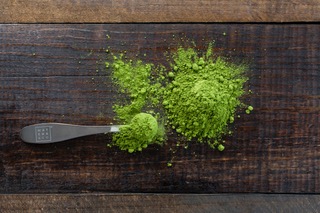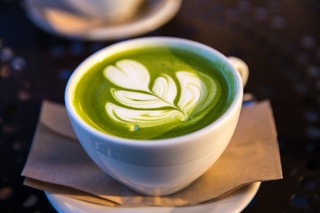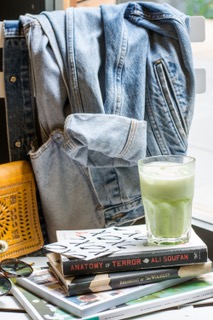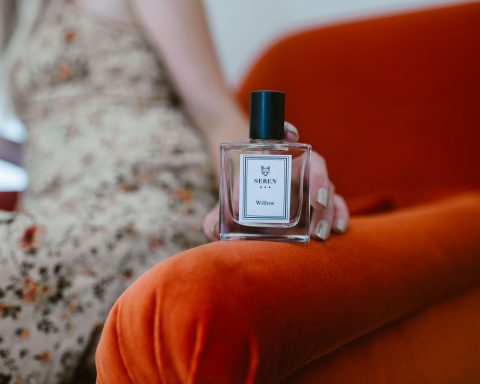By Tammy Arlidge
Could matcha be the missing link to our beauty woes, health problems, clarity concerns, and weight issues? Is it a fad that will fail you or is it a matcha made in heaven?
What is Matcha?
Up until a few short years ago, matcha (‘ma’ means ground; ‘cha’ means tea) stayed hidden in discrete teahouses in the U.S. with only the hip millennials coveting it superpowers. Word started getting out that it not only was energizing but was healthy too! It was only a matter of time before obsession followed then everyone was drinking the matcha-aid.
Matcha and green tea are not the same thing. They’re close cousins. Imagine taking kale and boiling it and drinking the liquid. You get some of the benefits but clearly not all. Now imagine grinding the leaves into powder and pouring in boiling water. You reap allthe benefits. Green tea is made from boiling the leaves and buds of the Camellia sinensi plant, whereas matcha is 100% ground green tea leaves.

Why is it so popular?
The emerald green magic dust has a list of claims that reads like the eternal health and beauty’s greatest hits.
First, it’s loaded with antioxidants, which translates to slowing down the aging process. ONE CUP of matcha tea has as many antioxidants as TEN cups of brewed green tea. Experts at Tufts University discovered that matcha possesses an amazing twenty timesmore antioxidants than pomegranates or blueberries. The magic catequins, a phenol compound and antioxidant, help fight disease and boost metabolism.
Because of caffeine and l-theanine, it is said to have ‘calming focus”. Although matcha does have caffeine, it doesn’t contain as much as black tea or coffee. Matcha is also high in EGCG (epigallocatechin gallate), which is believed to have cancer-fighting effects on the body and helps prevent heart disease and type 2 diabetes.
It’s rich in fiber, vitamins A, C, E, K, and B-complex vitamins and has the added benefit of lowering cholesterol and blood sugar.

But wait! There’s more!
Matcha is helpful in reducing inflammation and to even skin tone. The antioxidants are also known for reducing acne and increasing skin elasticity. It can be used as an exfoliator, toner, and an excellent mask to calm and soothe tired skin.
Where did Matcha come from?
Some will argue that the Japanese were the ones who discovered this wonder concoction. But it was the Buddhist monks who beat them by a few hundred years back in the 8thcentury where they used it as a meditational drink.
Matcha tealeaves are grown primarily in Japan. They mature over the course of three weeks in mostly shade before being harvested. The limited sun overproduces chlorophyll giving it its luscious green color.
What’s not to love?
The taste. In it’s purest form it does have an earthy ‘swampy’ taste, even bitter. It is a complex taste that’s not pleasing to everyone’s palette unless you start adding sweeteners. Make sure you are getting the freshest matcha because there is a huge difference. Good matcha can taste GREAT.
The cost. It is not on par with your average cup of coffee or the other teas. You pay for the packed nutritional content and the production.
But why so expensive?
The unique green tea is grown in special parts of Japan and harvested only a couple of times a year and a quality stone mill is used to grind the delicate tea leaves into the perfect powder. The process is tea-dious not to mention the skill and knowledge involved.
Beware of ‘faux’ matcha! It comes from unregulated crops. Some powders may contain fillers and not be 100% matcha powder or simply made from low quality tea leaves. You do get what you pay for.

****
The Buddhists found that perfect balance between ‘awakened’ and ‘clarity’, the Japanese perfected it, and we are the lucky recipients to reap the overflowing benefits of this frothy libation.






Follow Us